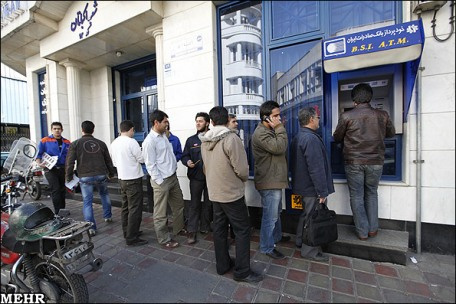The Purposeful Subsidies Bill: One year after enforcement

Approaching the first anniversary of the enforcement of the Purposeful Subsidies, now it is to evaluate the strengths and weaknesses of the government’s performance as the primary proposer and enforcer of the law. What are heeded less may be the shifts in the viewpoint of the legislators, critics and enforcers. Except for those experts who believed our economy suffers fundamentally structural problems which cannot be resolved overnight even by transformative initiatives, many of the analysts, whether inside the government or institutions such as the Parliament Research Center, have now understood how far they went in miscalculating the law’s consequences, .
Now, at the outset of the second year of the enforcement, the official statistics and indices show neither the over-60-percent inflation, as forecasted by the Parliament Research Center, nor the economic utopia promised by the authorities. In addition to revealing the heavy cost inflicted by partisan policy-making in the experts’ circles and the procedure of economic decision-making, the margin of error also evidently shows that three decades after the Revolution, the government, the parliament and other executive institutions have not accumulates enough experience to avoid making committing economic blunders, which are sadly followed with wrong compensator measures. The point-to-point inflation rate for November 2010 is an estimated 22 percent, while some experts and institutions had estimated it as high as 60 percent. The volume of suspension measures ad prevention from price increase, all forced by the government, has not been that high to justify the 40 percent difference between the current inflation and the estimation. It is crystal clear that the ‘expert’ circles still insist on their wrong viewpoints regarding the root causes of inflation in the Iranian economy, not welcoming this fact that inflation is rooted in wrong monetary policies, not in the supply and demand policies or the like. Nearly seven years ago, in the Seventh Parliament, the same wrong analysis led to the catastrophic Price Stabilization Bill which diverted the Fourth Development Plan from its true path, leading to a widening gap between the real prices and prescriptive prices in the following years.
On the other hand, experts and operatives proved that, intentionally or unintentionally, they have been erroneous in spotting the root causes of Iran’s economic defects and prescribing the correct medicine, thus wasting massive energy and effort that have proven futile after a year. Allocation of the entire production sector’s share from the price liberalization revenue to liquid subsidies aimed at controlling the likely social consequences, naïve optimism about increase in productivity through enhancing the production technology, ignoring the weight of main monetary policies, non-independence of the institutions such as the Central Bank in dealing with inflation and liquidity, and unfamiliarity with the structural obstacles in the production and distribution processes, all resulted in the government’s disorientation in enforcing the Purposeful Subsidies Bill.
In addition, abusing the Purposeful Subsidies Bill either by its enforcers or the government’s critics has challenged it desired realization. Through paying the subsidies in cash and promising an increase in the quota, the government has tried to blur the consequences of the bill, while the critics have adopted a policy of aggrandizement of the consequences which has burdened the government with a campaign to nullify all the negative propaganda.

